Bankura mango cultivator wins big at Delhi International Mango Fest – GetBengal story
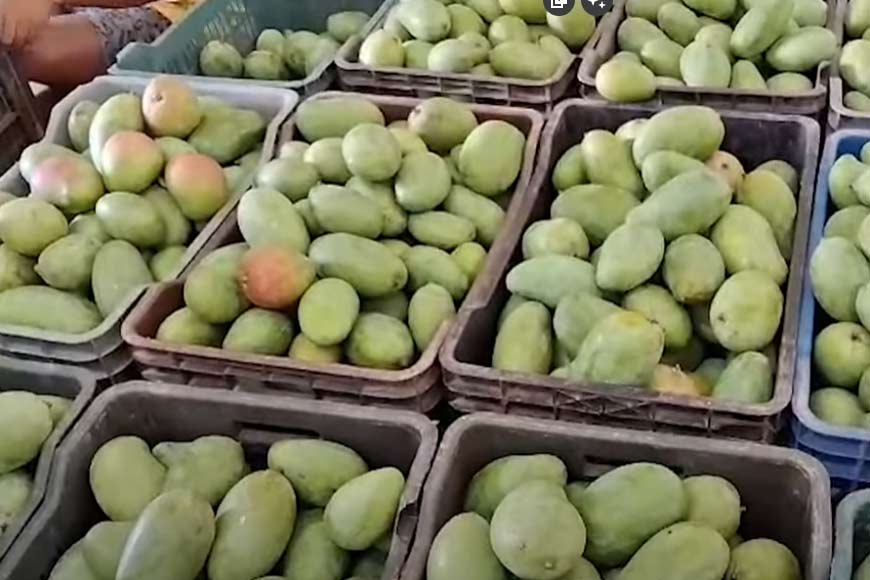
The Indian plains are notorious for their long, harsh summer months. But summer also brings mangoes, something that Indians look forward to in these dreary months. This delicious fruit holds a special place in every Indian’s heart. In fact, mango season is the happiest time of the year. A quintessential summer staple, the mango has a multitude of health benefits to offer.
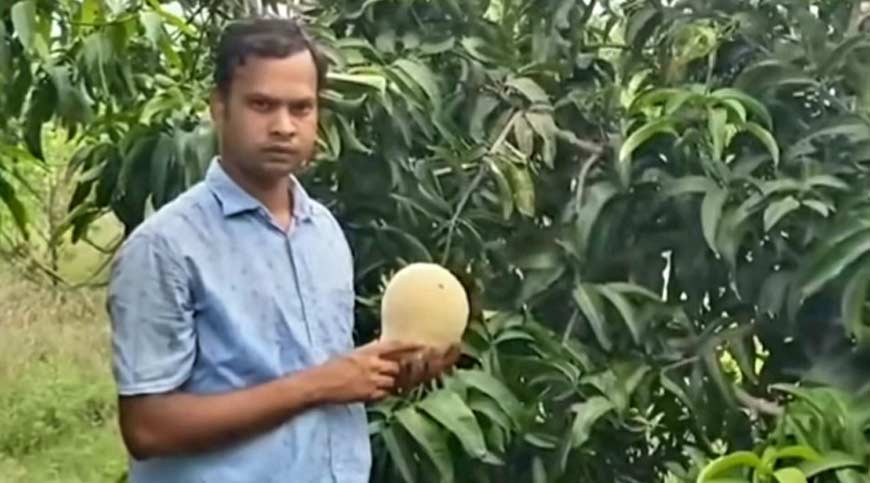
To celebrate the 'King of Fruits', the Delhi Government, in association with the Delhi Tourism and Transportation Development Corporation, DTTDC, started the Delhi International Mango Festival (DIMF) in 1987. These organisations collaborate with the National Horticulture Board, the New Delhi Municipal Council, and the Agricultural and Processed Food Products Export Development Authority. The Delhi International Mango Festival's scope and vastness, in terms of both the number of mango types on show and the number of attendees, have increased year over year due to the committed cooperation of all these organisations.
Strangely enough, India is the nation that produces the most mangoes. India is well behind several other countries in terms of fruit exports, though.
The Delhi International Mango Festival is a spectacular event for mango lovers. Along with raising productivity and showcasing the different types of mangoes grown in the subcontinent, the festival has contributed to an increase in fruit exports to other nations. For both tourists and the people who grow and sell the fruit, the Delhi International Mango Festival is a joyful two days.
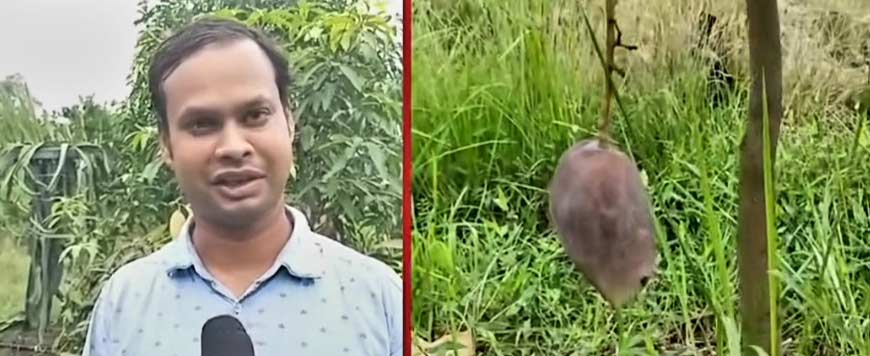
The festival's aim is to encourage mango cultivators from all over the country to display and sell their mangoes. This has become an annual event in Delhi, held every year at the beginning of the summer season. Every year, more than 1100 varieties of mangoes are displayed at the venue, from popular to rare varieties. Since the year of its inception, the festival has been a success, attracting mango maniacs and local as well as foreign trade delegates.
This year, the 33rd edition of the Delhi International Mango Festival (DIMF) was held from July 5 to 7 at Dilli Haat, Janakpuri. There were mangoes of every shape, colour, and size on display. The mangoes were brought from different regions of the country: Himsagar, Gopalbhog, Lakshmanbhog, Mallika, Kheersapta, Bimli, Kohitoor, and many other lesser-known varieties from West Bengal; Dussehri from Lucknow; Alphonso from Maharashtra; Totapuri; Badami from Karnataka; Kesar from Guajarat; Langra; Neelum; and Chausa from Uttar Pradesh, etc. Hundreds of unheard-of varieties of mangoes were also seen, such as Nazuk Badab, Chatterjee, Tommy Atkins, Modi, Mallika, Aishwarya, etc. These added to the excitement of knowing more about the many varieties available. During those two days at the Delhi International Mango Festival, Dilli Haat was overwhelmed with the soothing fragrance of mangoes.
Also read : Best kept secret of Nawabi Bengal – Kohitoor
Food processing units and cooking professionals also set up kiosks to show their products to visitors. They also provided recipes and methods to make many mango dishes for visitors. Moreover, the Delhi government gave away mango saplings to promote the production of mangoes in the country.
Various art and craft shows were a part of the festival, and music and dance performances drew crowds. Quiz contests, slogan-writing competitions, and mango-eating competitions were also held. The biggest, or rather the heaviest, mango of the festival was declared the winner of the Delhi International Mango Festival of the year.
This year, mango grower Nityananda Gorai from Panktor village in Gangajolghoti, Bankura, won the hearts of mango enthusiasts with his 32 distinct varieties of mangoes and was declared the winner at this year’s competition. Gorai has been cultivating rare varieties of mangoes at his orchard. This year, he sold one piece of Miyazaki mango for Rs 5,000. Miyazaki is a rare breed of mango that comes in a purple colour and tastes amazing. Miyazaki mango has a longer shelf life than other varieties of mangoes. It also has a higher sweetness than other mango varieties. Similarly, he sold one unit of King of Chakapat mango for Rs. 1,000. Invented in Thailand, it is also known as Thai mango. Although it is green when raw, it turns crimson before ripening. The King of Chakapat generally weighs between 700 and 1500 grams. It has a rich, creamy, tender texture and delicate, non-fibrous, juicy pulp. His Red Palmer mango fetched Rs 600 for each unit. The 'Palmer' is a large, commercially grown late-season mango cultivar that originated in south Florida. When fully mature, the mango has a reddish-yellow tint. Regarded as one of the most delectable fruits in the world, it is known for its unique tropical scent and low fibre content. Mango lovers grabbed whatever they could from his stock, even willing to pay extra for the premium brands.
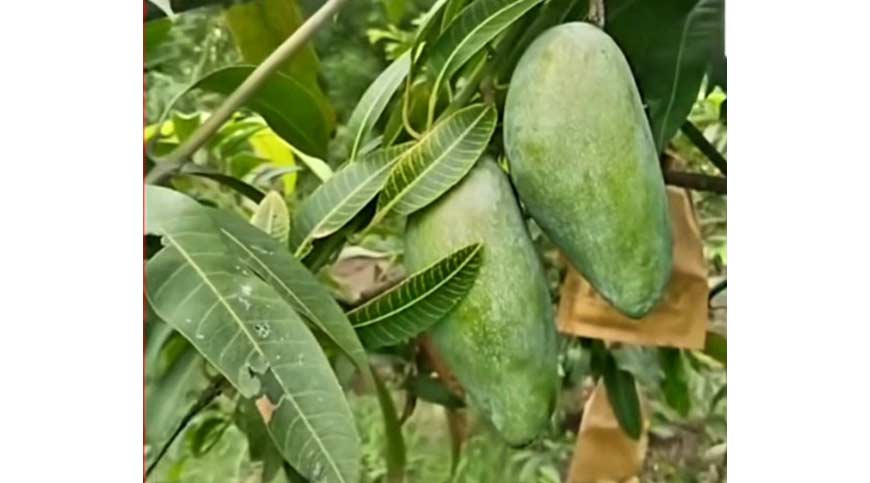
Gorai is no stranger to such accolades and honours. Over the years, he has received several certificates and medals from different government and private agencies for his expertise and innovation as an ingenious mango cultivator. Close to his home, Gorai has developed a vast tract of land, cultivating mangoes and other seasonal fruits. At present, he is cultivating rare species of mangoes from across the world, including Miyazaki, King of Chakapat, Red Palmer, Nam Dok Mai, Thai Khieo Sawoei, Amrapali, and many other varieties.
Gorai has received a deluge of questions from mango lovers around the globe after he took home the top award at this year's mango festival. In his garden, he currently has 105 varieties of mangoes, 40 of which have produced fruit this year. These include rare varieties such as Thai Nam Dok Mai, Raed, Khieo Sawoei, Ok Thong and Thong Dam, American Kent, Tommy Atkins, Ataulfo, Gourmati, and Haribhanga of Bangladesh, Thai Kg, Thai 4 kg mango, and so on. In his orchard, he also grows native types, including BN 7 mango, Apple mango, Irwin purple, Jarda mango, Mallika mango, Kesar mango, and so forth. The Bankura Chapter of the Government of West Bengal's Horticulture Department took the lead in organising Gorai's delegation as a state representative mango farmer.
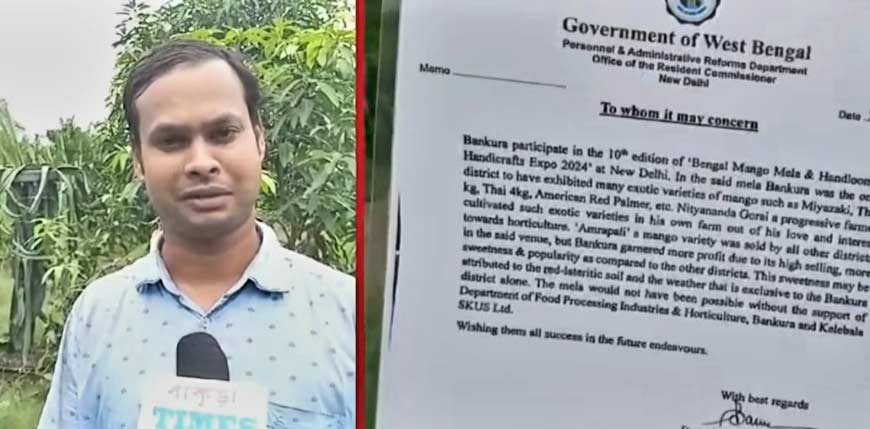
Gorai is a man on a mission. He plans to procure saplings of more than 100 varieties of mango that he does not have in his orchard, and he is working hard to assemble them from different parts of the world. His aim is to increase the number of varieties of mango in his orchard from the present 100 to more than 200 by next year. He also plans to expand his orchard and is in search of suitable plots to increase his yield.
There is a high demand for rare varieties of mango globally, but cultivation is limited. Hence, there is a vast gap between demand and the availability of mangoes. Gorai has made it his goal to increase the yield of these mango varieties so that they can be made available to everyone at affordable prices.










